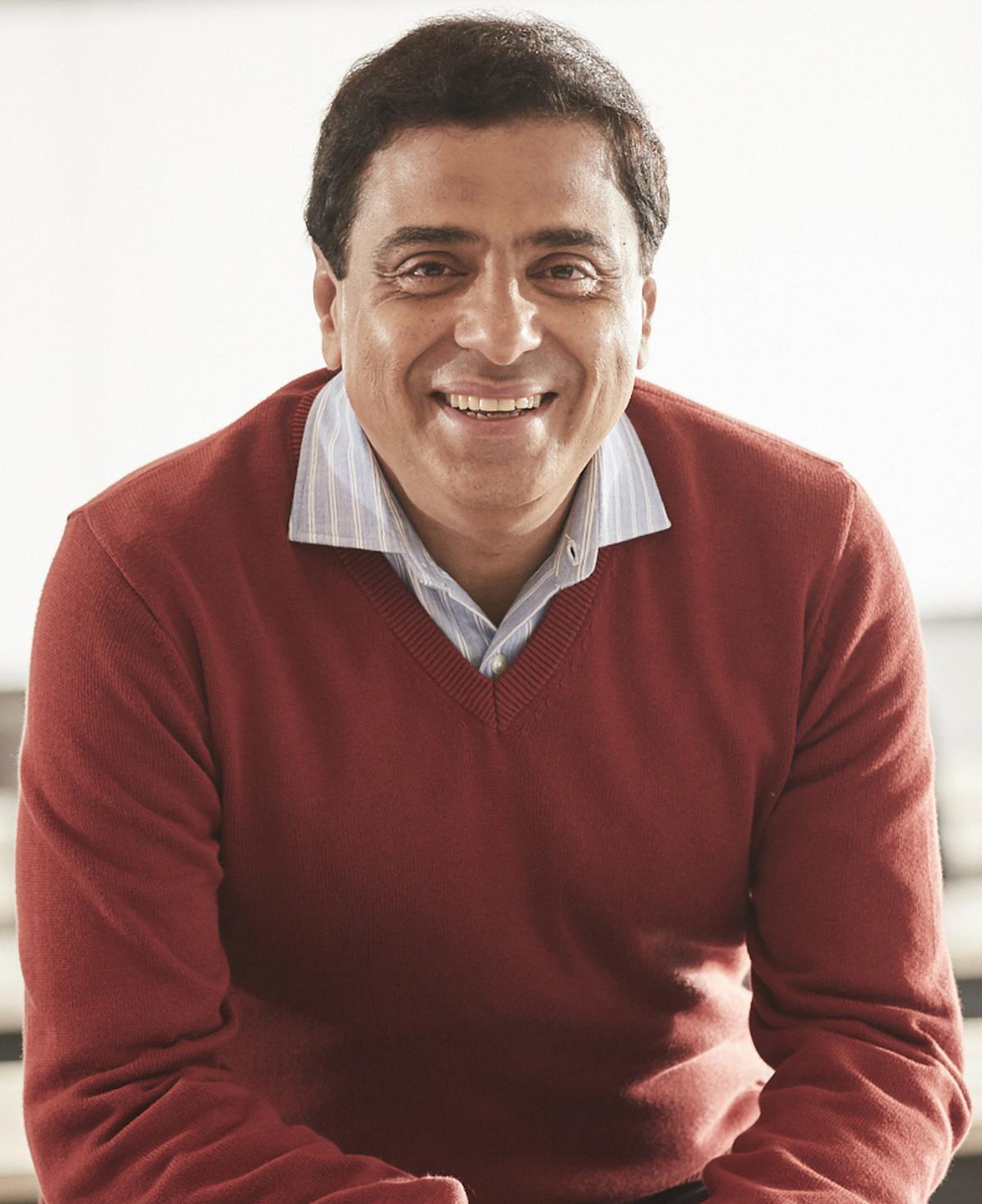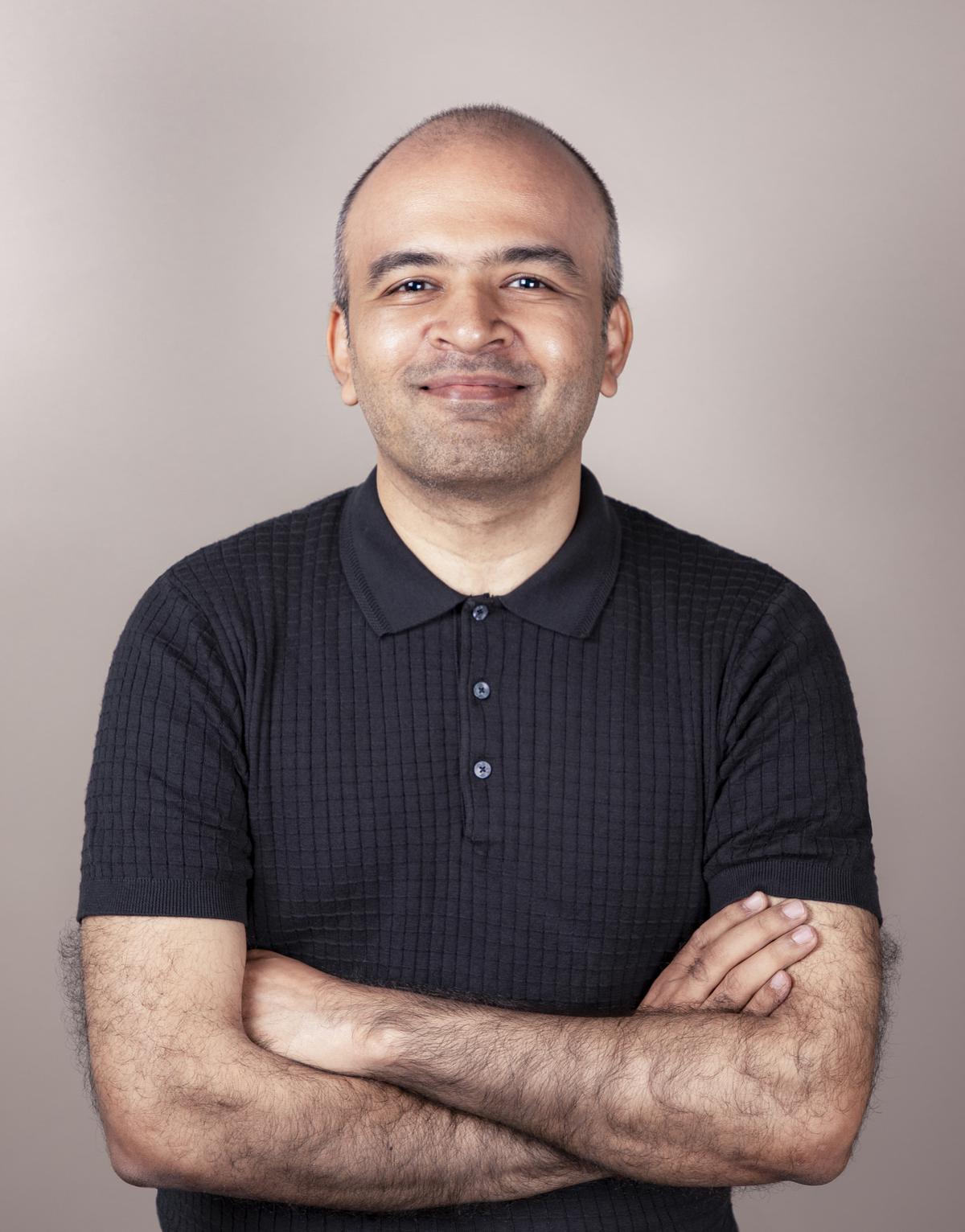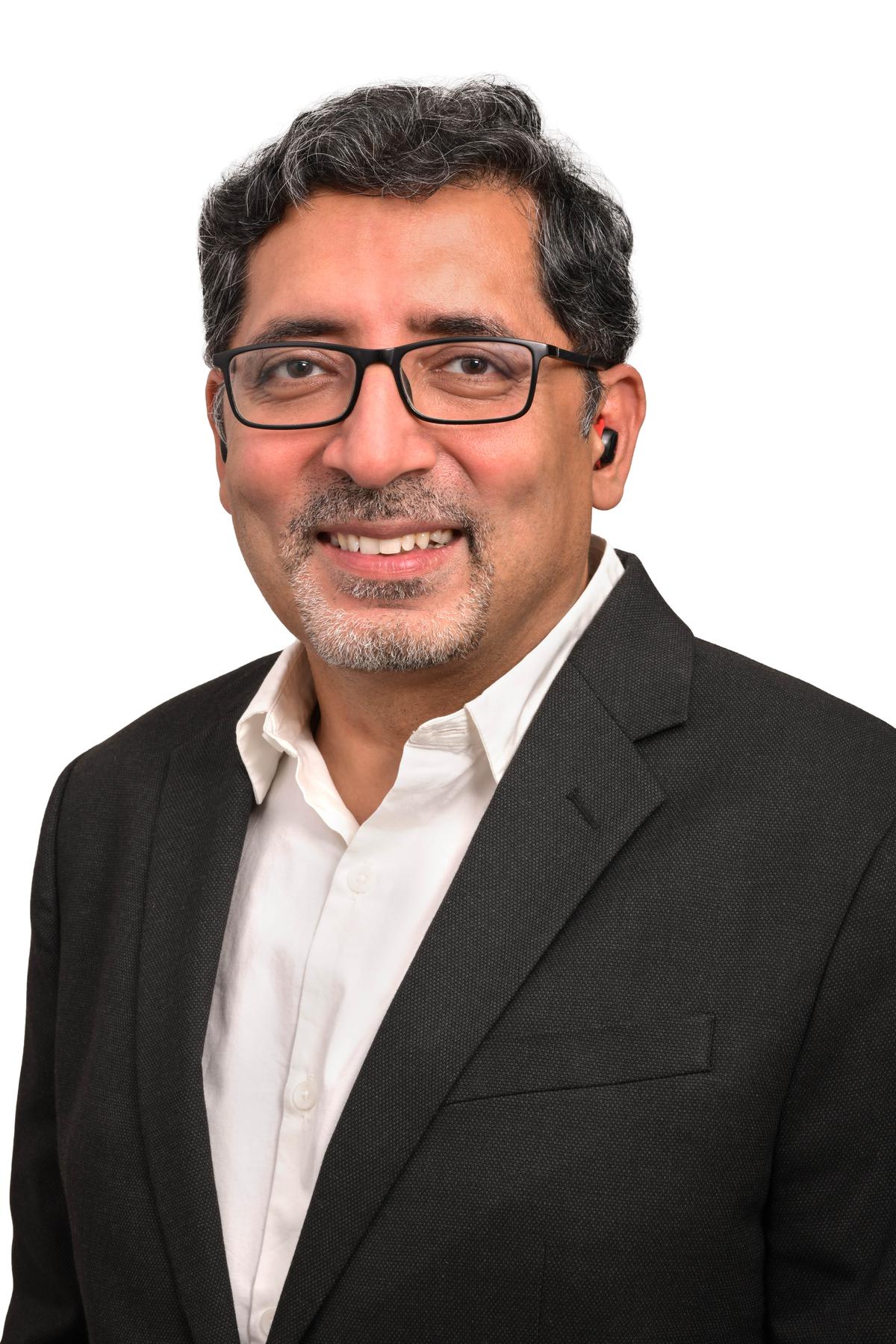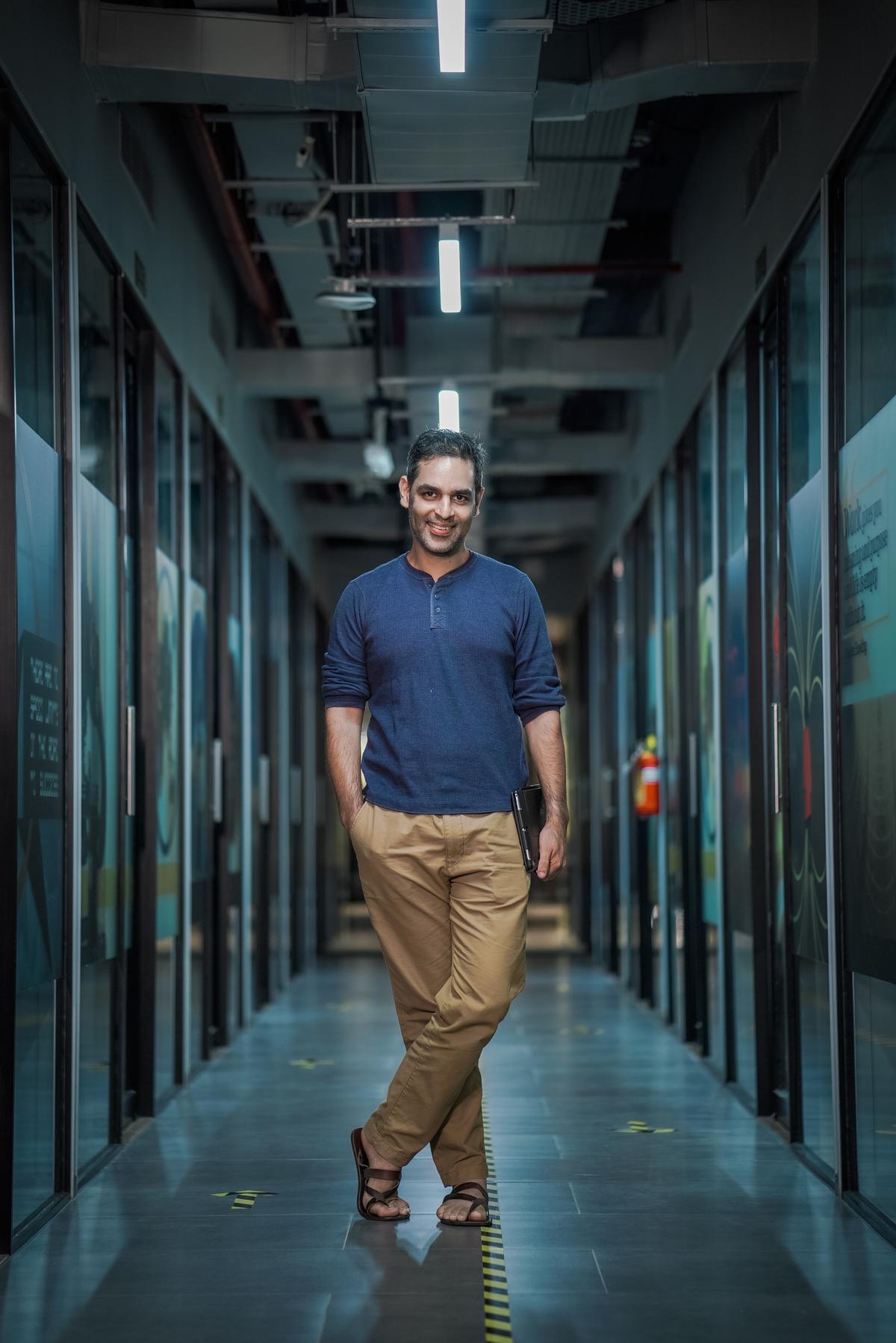In 2021, after graduating from an A-list private university, Akshay, 22, got what most people would describe as a dream job. It was a sales role in a much talked about healthcare startup.
“The pay was great, and the office was nice, but I did not believe in the product I was selling,” he says. Sales training helped, but they were limited to revenue targets. “Why was my role important? There was no conversation around that. Also, there were long, daily, in-office meetings where everyone had to be present.” Akshay quit within eight months of joining. Now, he works for an organisation that follows a hybrid model. “I can explain my points on email and that works just fine.”
Things were different for Sristhi Alhawat, 21. As an intern in 2022, the thing that she appreciated most was being explained “the why of what I was doing. My manager at Amazon would take time out to explain why my task was important and how it impacted the larger cycle of work. That was so motivating,” she explains as she gears up to join her first real job as a technology consultant with one of MAMAA (Meta, Alphabet, Microsoft, Amazon, and Apple) organisations come July 2023. Her one big hope: “My new manager will take time to explain the purpose of my role and tasks. I don’t mind doing things in a certain way but tell me why, and if I have a smarter way to do the same thing, let me do it. That will feel like I am valued,” she says.
Ronnie Screwvala, chairperson and co-founder of upGrad, an EdTech unicorn, believes 2023 will make the workplace rating system and the label ‘a great place to work’ outdated. “Gen Z employees want to be challenged, to participate actively. They don’t want to be trained, but learn from peers and on the job.” In 2023, leaders of organisations must create spaces where such opportunities are visible and communicated if they want to retain young talent and create a motivated workforce.

Ronnie Screwvala, chairperson and co-founder of upGrad, an EdTech unicorn.
| Photo Credit:
Special Arrangement
Morale boosters are important
According to LinkedIn’s Workforce Report 2022, around 37% of hires on average across industries in 2022 in India were Gen Z members (born between 1997 and 2012). This is the section of the workforce who most likely joined work remotely during the pandemic, have experienced the experimentation with the ‘now hybrid’, ‘now only Zoom’, and ‘now back to the office’ wave.
They have also witnessed and participated in the great resignation, been impacted by unprecedented layoffs at tech giants like Meta, Amazon and startups in India and, of course, have seen the Twitter battle play out online where Elon Musk indicated employees “will need to be extremely hardcore” and “this will mean working long hours at high intensity”.
All this, and an impending recession, has made it tough for Gen Z employees to have a sense of trust in organisations.
“Gen Z is experiencing higher levels of stress, burnout and anxiety over the uncertainty they have faced since they entered the workplace, first during the pandemic and now with all the lay-offs in 2022. So, to motivate the young workforce, 2023 will be a year of figuring out newer fundamentals,” says Shalini Lal, an organisational change expert and founder of Unqbe, a think tank in the ‘future of work’ space. The old ways of working, i.e. coming to office every day, following your manager’s commands unquestioningly, being on 24/7 for any work calls, are no longer accepted blindly. “Things like introducing mental health days, flexible schedules, the option to work from home on some days: these are the kind of policies that are likely to work better and be a good morale booster,” adds Lal.

Shalini Lal, founder of Unqbe, a think tank in the ‘future of work’ space.
| Photo Credit:
Special Arrangement
While it is a given that some things will have to change in the coming years, the best organisations will always remain those who have not taken their eyes off their people. “They follow certain fundamentals that I believe will not change even in 2023. One, leaders must be supremely clear about their expectations from the employees and give them clarity. Next, leaders will give adequate feedback even when employees don’t ask for it because it helps people recognise how well they’re doing,” says Ankur Warikoo, an author, and co-founder and former CEO of Nearbuy, a deal-focused online to offline market platform.
Listen to the employee
However, leaders and CEOs cannot do this alone and most certainly not piecemeal. Avnish Anand, the COO of Caratlane, a digitally-native, everyday wear jewellery company, says they have always been a customer-focused company but in 2022 they realised that they needed to hear what their employees wanted.
They started with internal surveys, small focus group discussions and found that the data collected from these told a story. “Young people like to be heard and last year told us many things: ‘breakfast for people who start shifts early, or having electric foot massagers in our stores for those who stand long hours’, which means their working style is not conducive. When our employees see we listen to them and accordingly make changes, it brings a culture of belonging,” says Anand, who ensures that survey results are also shared with employees. “Internal communication can be challenging sometimes and we intend to work on that in 2023. We will call employees randomly to ask if they are aware of a new incentive policy, and if they are not able to answer it, we will know our messaging is not working.”

Avnish Anand, COO, Caratlane
| Photo Credit:
Special Arrangement
In the coming year, head honchos must also think of robust end-to-end plans or what Hema Ravichandar, former HR head Infosys and an independent board member, calls ‘the entire Employee Value Proposition (EVP)’. “The EVP must be across levels, generations, genders, roles and should encompass total rewards [salary, performance bonus, benefits] and long-term rewards like stocks. It must also pencil in challenging tasks and responsibilities offered, opportunities for advancement, training and personal development,” she says.
The young workforce cares a lot more about knowing what their growth plan is, if they have autonomy to make their own decisions, and is the company looking to upskill them to stay relevant. “We have heard this often: can you introduce certain learning programmes, simple things like English communication courses or an Excel learning course. Enabling people to learn shows them that you care about their future and we want to invest in that this year,” says Anand.
Parth Kukkar, 25, an MBA graduate from IMT Ghaziabad, joined Tetra Pak in November 2020. His EVP was evident at the start and helped him stay motivated through the pandemic. Another thing that worked was being a non-remote joinee. He moved from Ahmedabad to join the Pune office and never regretted that he was in office from the start.
Fears among young professionals today
Having to either work from home full time, or be required to come into the office every day.
Not having clear channels of communication with managers and other higher-ups, leading to more friction and limiting growth.
Not knowing wha ttheir next step is at their current company, but not feeling secure enough to leave either.
Having to compromise on work-life balance for the sake of ensuring job security and maintaining.
“We had management training for the first few months and being in the office space, meeting people and having a roadmap helped. I had clarity on daily goals, monthly goals, and annual goals. Sure, things are dynamic and change a lot, but a framework was in place. I am in charge and feel good about it.”
Vivek Gambhir, CEO, boAt Lifestyle, an audio and wearable brand, concurs that leaders must focus on long-term employee growth strategy in 2023. “The time for band-aid solutions is over. Think strategy, think systemic.”
“And that will happen if you listen to your employees, hear their concerns,” says Gambhir.
The average age of employees at boAt is 27. Gambhir has seen that Gen Z employees “want to see the growth path, how their career will progress, whether they are being empowered. They need to feel connected to the mission and purpose of the company. Leaders will have to work on creating this kind of value for employees”. To enable this, Gambhir says he has already started keeping aside more hours at work for employee conversations. He wants to listen, and listen deeply.

Vivek Gambhir, CEO, boAt Lifestyle
| Photo Credit:
Special Arrangement
Meet great expectations
Gen Z has different expectations from work. Warikoo says they are not trained to be patient because they were born into an era where things happened at the speed of thought. “So it’s no wonder young people stepping into the workforce want to create an impact within six months. Leaders need to recognise that this is not their impatience, but the fact that they are hungry. They’re ambitious, audacious, and willing to go the extra mile to make their presence felt. And if you as a leader don’t care about creating those opportunities for them, there will be a disconnect.”

Ankur Warikoo, author and entrepreneur.
| Photo Credit:
Special Arrangement
According to Lal, work redesign and radical transparency should be the two focus areas in 2023. “Why am I talking about radical transparency? Well, we will all be in an increasingly digital and uncertain environment. If we look at the lessons from organisations that have successfully managed virtually, we find over-sharing or communicating a lot more and giving more information works. It’s when people don’t understand what’s going on that stress amps up,” she says. “A one-size-fits-all approach will not work. Leaders must know their goals, create flows that make teams effective, and allow staff to live life with a good balance.”
Ravichandar calls out the importance of a middle manager and says for leaders to motivate staff effectively, this role will be critical in 2023. “CEOs need to ensure that hygiene factors and operational issues are in place for managers to be effective. Build a robust governance framework of systems, policies and structure, and work to institutionalise processes,” she adds.
Navneet Sethi, a 23-year-old finance professional, who works with Arcesium, a financial services provider, will be going back to work full-time this month. While she is apprehensive about losing the flexibility that work from home offers, she is also excited to meet her colleagues more regularly and collaborate more effectively. “Zoom interactions do create a barrier. Sometimes everything is so transactional. Being back in the office will help me develop more relationships. But I think having the flexibility to work from home should not be completely removed. It’s best not to spend time commuting to the office. Managers should think about this in 2023.”
Hema Ravichandar, Former HR head, Infosys.
| Photo Credit:
Special Arrangement
Create the right culture
Besides not killing the option of some flexibility in working from home, Ravichandar points out another key ingredient for motivating managers and younger employees in 2023: stability of top leadership. 2022 has been a year of layoffs and resignations and that can be a dampener. “Frequent changes in top management are a deterrent to team member morale. These also impact organisation culture and trust in it because every leader brings a style of management that takes getting used to.”
While setting the right culture within an organisation is an acknowledged factor in keeping employees happy, Screwvala worries that the pandemic, by creating options of where to work from, has destroyed the fabric of culture building and ownership within a company. Leaders and managers must be “prepared that colleagues who work remotely will have a lower sense of ownership. They will be more transactional, leading to a churn at workplaces. In the coming year, employees will continue to flit from job to job, some may get quick bump ups in promotions and salaries, but may not learn or grow as solid contributors”. Screwvala believes enabling a culture of lifelong learning and enhancing soft skills, especially in a country like India, will be the way to create a bond between the organisation and employees.
Young employees look at their careers as part of a larger life tapestry, especially now with jobs becoming so transient. So, how do you build that sense of belonging between employees and the organisation? “Build a work environment in 2023 that does two things: create capacity for continuous innovation and provide employees with a sense that their work is not about doing five daily tasks. Show them that they are contributing and are a part of a larger story. It’s this sense of purpose, the vision, the stability, which will motivate them,” concludes Lal.
The writer is Chief Learning Officer at the Harappa School of Leadership, an online education institution redefining management and leadership practices.






